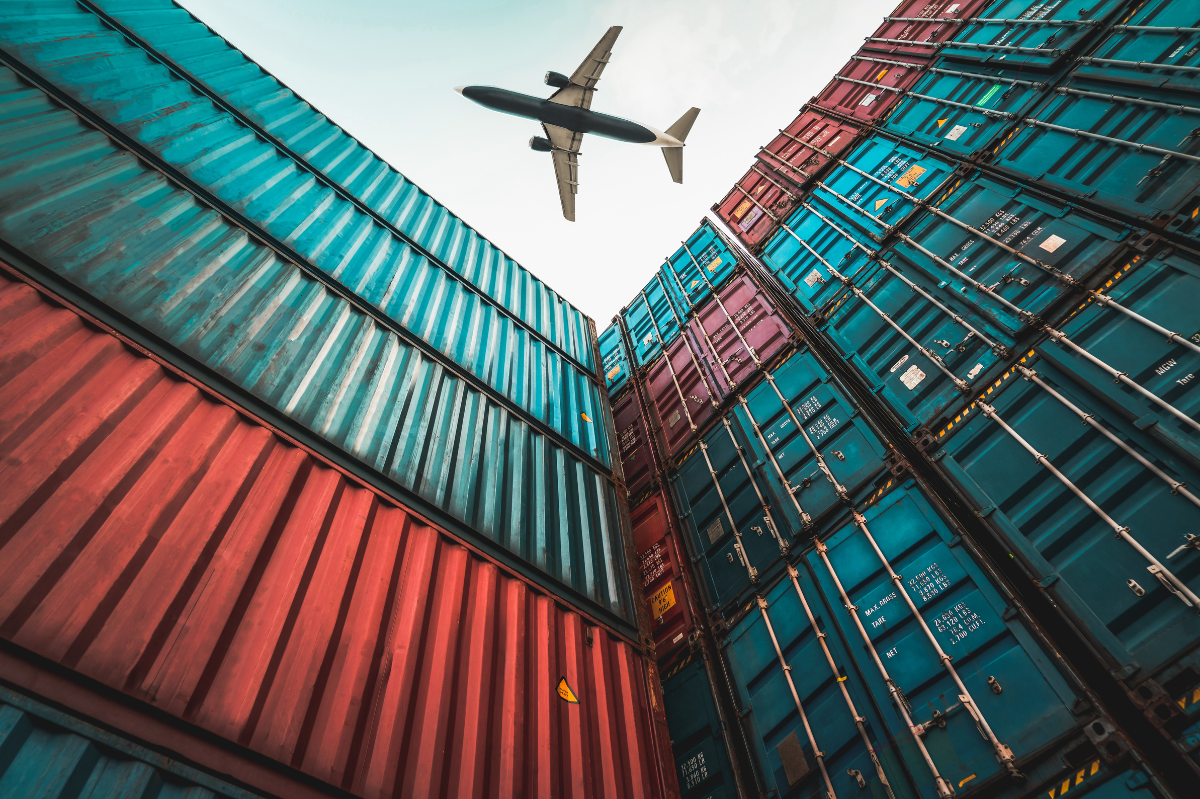From AI tools to tariff questions and changing freight rates, there’s a lot affecting how goods move. We’ve pulled together the key stories and what they mean for your business so you can make smarter decisions.
The Top 5 News Stories This Week
1. AI-Enabled Warehouses Change the Game for Fulfillment
Amazon Business has introduced a suite of new AI tools, Assistant, Savings Insights, and Spend Anomaly Monitoring, designed to make procurement and supply chain monitoring smarter and more proactive. Meanwhile, next-generation warehouses are increasingly leveraging AI for real-time orchestration across WMS, OMS, and TMS, and to anticipate issues before they impact service levels.
What It Means for Shippers
AI is moving beyond simple automation. It can help prevent stock shortages, reduce delays, and save money. Even small businesses should look at ways to track inventory and orders more intelligently.
2. US Ocean Freight Rates Drop, But December Hikes Loom
Transpacific shipping rates to the US continue to decline. Shanghai–Los Angeles rates are down 12%, and Shanghai–New York rates fell 15%. In contrast, Europe-bound shipments are surging, with carriers announcing FAK increases as high as 50% ahead of December contract negotiations. Several carriers have also announced General Rate Increases (GRIs) for December, ranging from $1,000 to $3,000 per FEU.
What It Means for Shippers
While US rates are currently favorable, December GRIs could reverse these savings. Logistics managers should book now at current rates, monitor carrier announcements, and prepare for potential volatility to avoid last-minute cost spikes.
3. Tariff Uncertainty Could Reshape US Import Costs
The Supreme Court is evaluating the president’s authority to impose tariffs under the 1977 IEEPA, potentially impacting billions in levies. A ruling against the administration could refund tariffs and reduce executive control over trade policy.
What It Means for Shippers
This introduces major regulatory risk for import-heavy businesses. Companies should track the ruling closely, as it could result in significant cost savings or require a reassessment of procurement strategies and supplier contracts.
4. More Products Now Made in the US With Automation
GE Appliances announced a $490 million investment to reshore washer production from China to Kentucky, heavily integrating automation, robotics, and Autonomous Mobile Robots (AMRs). The strategy highlights the shift toward “zero-distance” manufacturing, producing closer to US consumers.
What It Means for Shippers
Making products closer to home can reduce shipping times and delays. Businesses may need to adapt to handling more US-made goods in their supply chains.
5. Ecommerce Supply Chain Gaps Cost $1.6 Trillion Annually
A recent report estimates that supply chain weaknesses cost ecommerce companies $1.6 trillion annually. The findings highlight the need for investment in digital manufacturing networks, resilient fulfillment strategies, and optimized logistics systems.
What It Means for Shippers
Supply chain efficiency isn’t just operational, it’s a revenue protection strategy. Investing in smarter logistics, automation, and risk mitigation can prevent massive losses and help companies scale more effectively.
Other Notable Developments
- AI Procurement Tools Gain Traction: Several other suppliers are rolling out AI-driven analytics for spend management and demand forecasting, signaling a broader industry shift.
- Reshoring Momentum: Beyond GE Appliances, multiple US manufacturers are expanding domestic production, underscoring the growing importance of nearshoring in supply chain strategy.
The Bottom Line
Shipping is changing fast, with new technology, tariffs, and production trends shaping costs and delivery times. Staying informed and planning ahead can help your business save money and deliver on time.
Related Topics
Learn how VESYL can save you money on shipping
Not sure which plan suits you best? Have questions about our software? Contact our sales team for expert guidance.



.png)

.png)


.png)